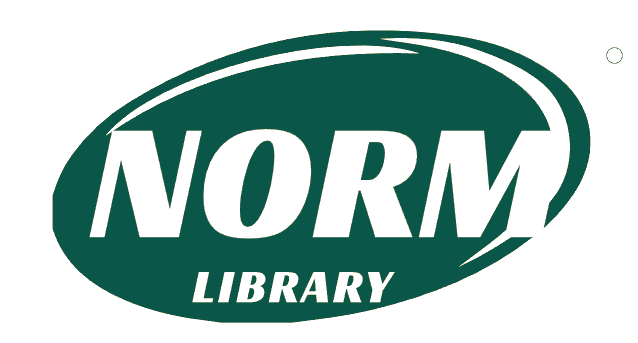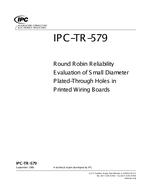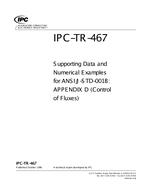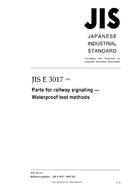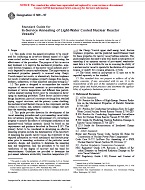
ASTM E509-97
Original price was: $65.00.$39.00Current price is: $39.00.
Standard Guide for In-Service Annealing of Light-Water Cooled Nuclear Reactor Vessels
standard by ASTM International, 06/10/1997
1.1 This guide covers the general procedures to be considered for conducting an in-service thermal anneal of a light-water-cooled nuclear reactor vessel and demonstrating the effectiveness of the procedure. The purpose of this in-service heat treatment is to improve the mechanical properties (especially fracture toughness) of the reactor vessel materials previously degraded by neutron embrittlement. The measure of the improvement in mechanical properties is generally assessed using Charpy V-notch impact test results or, alternatively, fracture toughness results.
1.2 This guide is designed to accommodate the variable response of reactor-vessel materials to post-irradiation heat treatment at various temperatures and different time periods. This guide describes certain inherent limiting factors which must be considered in developing an annealing procedure; these factors include ( ) system-design limitations, ( ) physical constraints resulting from attached piping, support structures, and the primary system shielding, and ( ) the mechanical and thermal stresses in the components and the system as a whole.
1.3 This guide provides direction for development of the vessel annealing procedure and a post-annealing vessel radiation surveillance program. The development of a surveillance program to monitor the effects of subsequent irradiation of the annealed-vessel beltline materials should be designed based on the requirements and guidance described in Practice E185. The primary factors to be considered in developing an effective annealing procedure include: ( ) the determination of the feasibility of annealing the specific reactor vessel, ( ) the availability of the required information on vessel mechanical properties and fracture toughness properties prior to annealing, ( ) evaluation of the particular plant to determine the practical annealing temperature, and ( ) the procedure to be used for verification of the degree of recovery. Guidelines are provided to determine the post-anneal reference temperature ( RTNDT ), the Charpy V-notch upper shelf energy level, fracture toughness properties, and the predicted re-embrittlement rate for reactor vessel beltline materials. This guide emphasizes the need to plan well ahead in anticipation of annealing if an optimum amount of post-anneal re-embrittlement data is to be available to assess life extension of individual reactor pressure vessels.
1.4 The values stated in inch-pound units are to be regarded as the standard.
1.5 This standard may involve hazardous materials, operations, and equipment. This standard does not purport to address all of the safety problems associated with its use. It is the responsibility of the user of this standard to establish appropriate safety and health practices and determine the applicability of regulatory limitations prior to use.
Product Details
- Published:
- 06/10/1997
- Number of Pages:
- 11
- File Size:
- 1 file , 120 KB
- Note:
- This product is unavailable in Russia, Ukraine, Belarus
